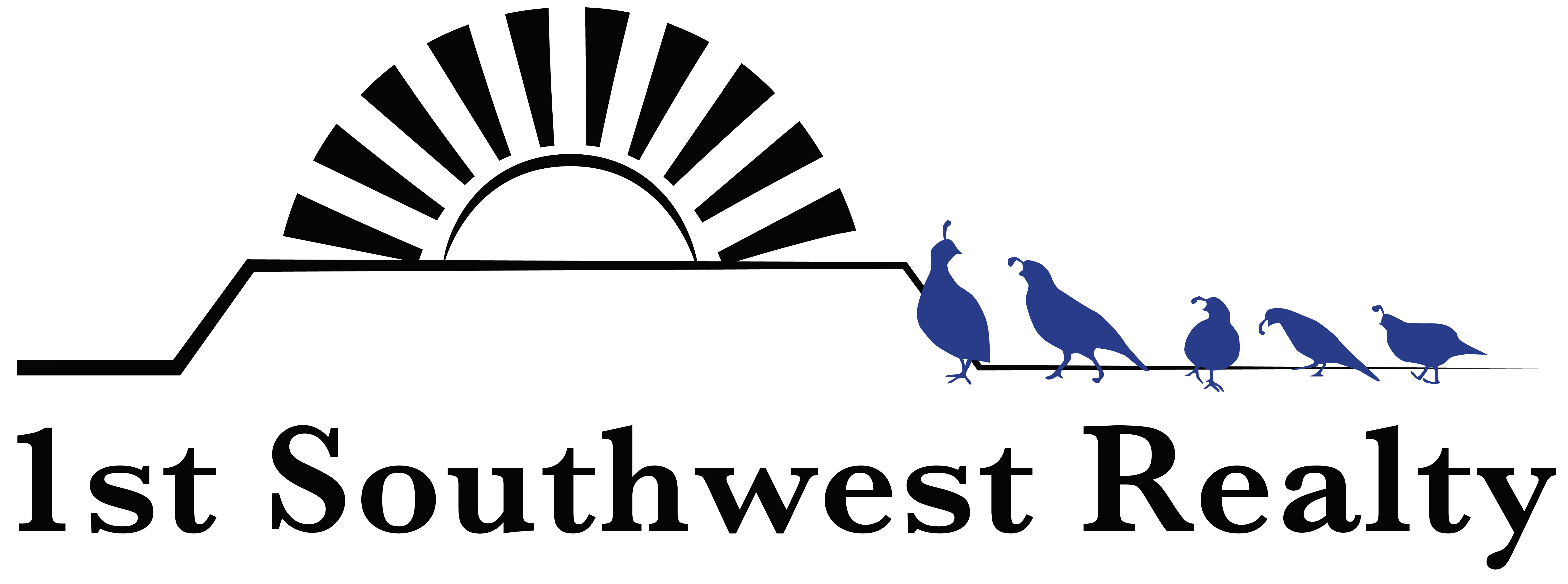Recently a client, Dr. Watson, asked for my help selling a vacant lot. Watson thought she had access to the property down a road that passed over two adjoining lots. Initially the owner of the immediate adjoining lot, Sherlock*, was resistant to allowing Watson access. Sherlock said Watson had no right of way. He also said there were no easements of any kind on his lot. This meant Watson had no access to her property. A right of way is generally established by recording an easement granting to whomever owns an adjoining lot the right to cross. In some cases, an easement can be established due to constant use by someone. (To keep this article brief I am skipping Easement by Prescription. This is a very complicated issue and typically requires court action.)
Watson was adamant the access to her lot was over Sherlock and the neighbor’s lot. W spent hours digging through recorded documents both online and hard copy. The description of the location of the easement was called out as the SW quarter of the NE quarter etc. which is very hard for a layperson to translate. The only way to determine the location of the easement was to hire a surveyor at a cost of about $1,800. The surveyor reviewed the documents and looked at satellite pictures. He immediately confirmed there was an easement but the location was on the opposite side of the lot. The surveyor visited the property and marked the location of the easement. The results did not make anyone happy. The first problem was there was no easement where Watson thought it was located when she bought the property. The second problem is Sherlock built a fence over Watson’s easement. The third problem is neither Watson or Sherlock have a right of way from the other neighbor lot that lies between their two lots and the road.
How did this happen? The original owner who split the lots was the one who established the easements. Somehow the easements were established on the wrong side of the property. The second issue is when Sherlock bought the property he did not review the title report nor did he have a realtor or lawyer helping him. He probably relied on the seller telling him there were no easements other than the one across the neighbor’s lot which was not true. Sherlock may not have purchased the property and he certainly would not have built the fence over Watson’s easement.
How will this be resolved? One way would be to ask for an easement across the adjoining neighbor’s lot so Watson and Sherlock have access to their lots. We can only hope the neighbor will be agreeable and not want money. There will still be a cost involved for creating and recording the documents. Once the easement is established Watson and Sherlock to record new documents removing the easement where Sherlock built the fence and establish a new easement. That way no future owner of the property can force Sherlock to remove the fence.
To make it more interesting when Watson moved the for-sale sign to where the easement was located the next door neighbor said Watson had no access down the road. Once again the survey was used to make sure Watson could access the property.
The moral of the story is whenever you are buying or selling a property, especially vacant land, always get a surveyor to confirm what you are buying.
